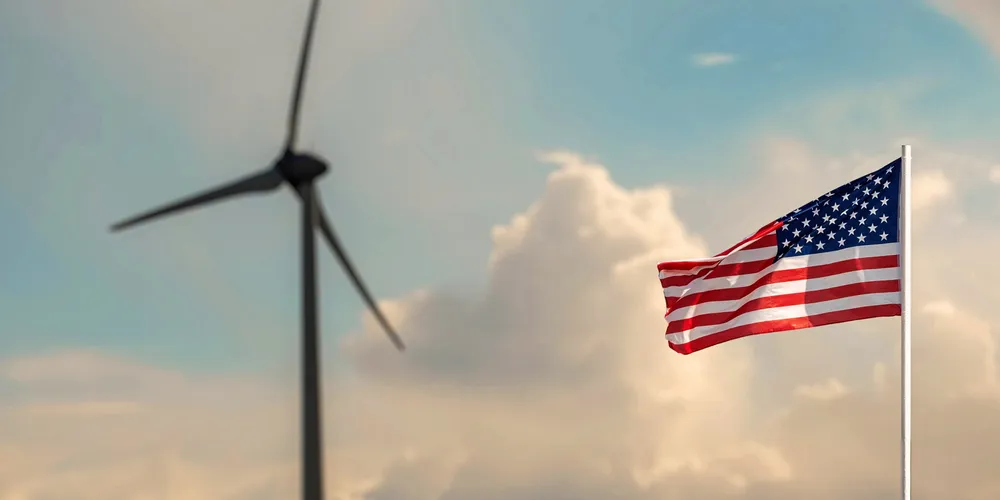'Rare window of relative stability': US wind and solar buyers get price respite in Q1
PPA prices in first half 2024 'eye of the storm' calm but potential turbulence looms as demand, market pressures build: LevelTen Energy

North American wind and solar power purchase agreement (PPA) prices showed increased stability in the first quarter, but the relative calm probably won’t last long amid growing demand and macroeconomic, regulatory, supply chain, and trade pressures, according to LevelTen Energy, operator of the world’s largest PPA marketplace.
“After years of energy market volatility, Q1 of 2024 showed a rare window of relative stability in PPA prices,” said Sam Mumford, analyst, energy modeling, at LevelTen. "We don't expect that trend to last forever.”
He noted lower natural gas prices from the recent mild winter and influx of cheap solar panels, combined with expectations of lower interest rates, allowed some developers to offer slightly lower prices in the quarter.
Tailwinds
Inflationary pressures and related high interest rates in recent years have “pushed many wind projects into uneconomic financial territory,” creating a scarcity of PPA offers and driving an upward price trajectory, it said. “Permitting challenges, community opposition, and land scarcity further exacerbate these issues.”
In Alberta, the conservative government ended a seven-month ban on renewable energy project approvals but accompanied its conclusion with prohibitive new rules. A swath of the province’s southern region is now off-limits for wind development because of 35km (21.7 mile) so-called buffer zones.
Even so, demand there for available wind PPAs should remain robust, particularly among off-takers seeking higher capture prices in solar-saturated markets, according to the report, adding wind projects’ unique production profiles “make for appealing economics” for many potential buyers.
Abundant solar
Solar PPA prices, meanwhile, declined after two quarters of increases, helped by natural gas oversupply that contributed to a drop in wholesale electricity prices.
The US solar supply chain is also in a “state of abundance” amid a glut of panels, allowing developers in some markets to modestly reduce PPA prices.
“However, this pricing respite may be temporary with energy demand expected to rise, stubborn inflation seemingly poised to delay interest rate cuts, and US regulators looking prepared to crack down on China-based solar imports with renewed stringency,” the report said.
Looking ahead, Mumford said LevelTen expects demand for wind and solar PPAs to increase rapidly from artificial intelligence and electrification across the economy, and as more companies enter the PPA buyer pool as 2030 sustainability deadlines approach.
It’s a market in which interconnection bottlenecks, permitting challenges, and an array of other headwinds threaten the ability of supply to keep pace with demand.
“Buyers should prioritise early stakeholder alignment and strong communication with counterparties to secure the best deals, soon,” he said.
While PPA price levels will remain permanently transformed by the impacts of the pandemic and ensuing inflation, first half of 2024 may come to be viewed as an “eye of the storm” during which wholesale electricity prices recalibrated, according to Mumford, and before an impending boom in electricity demand changes the picture once again.
“As PPA prices moderate but regulatory challenges and high demand loom on the horizon, the market may not grant PPA buyers with a better procurement window than right now for a very long time,” he said.
(Copyright)